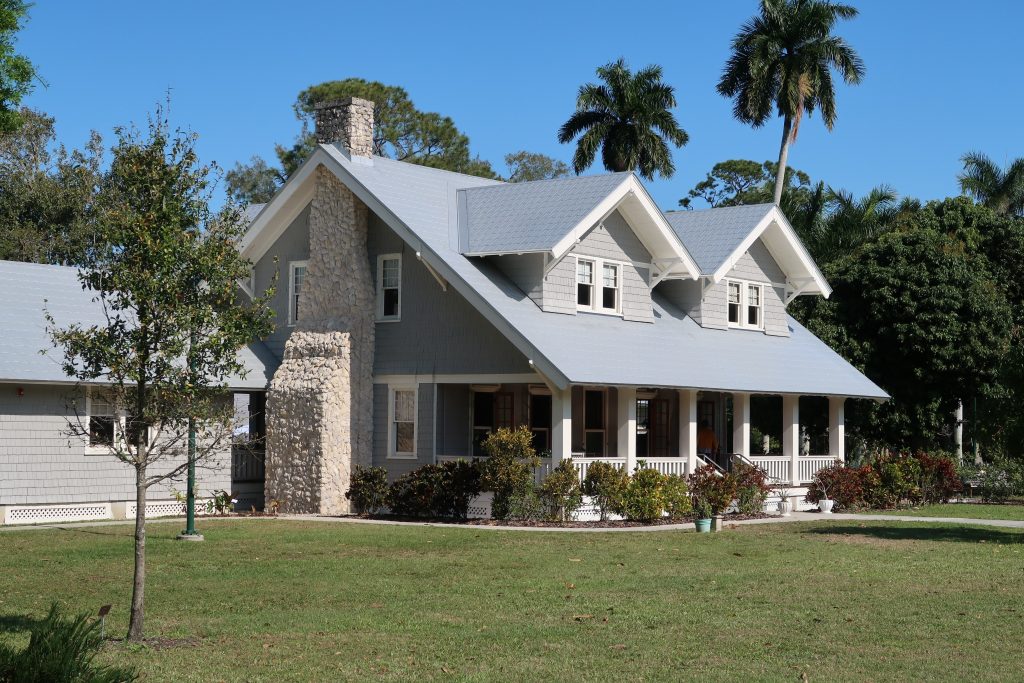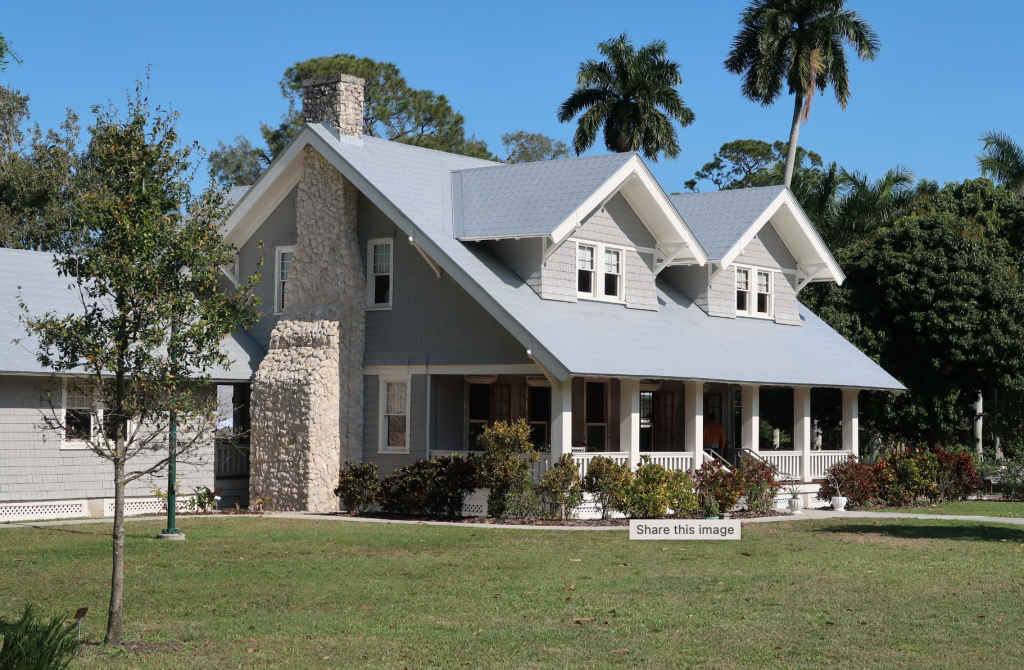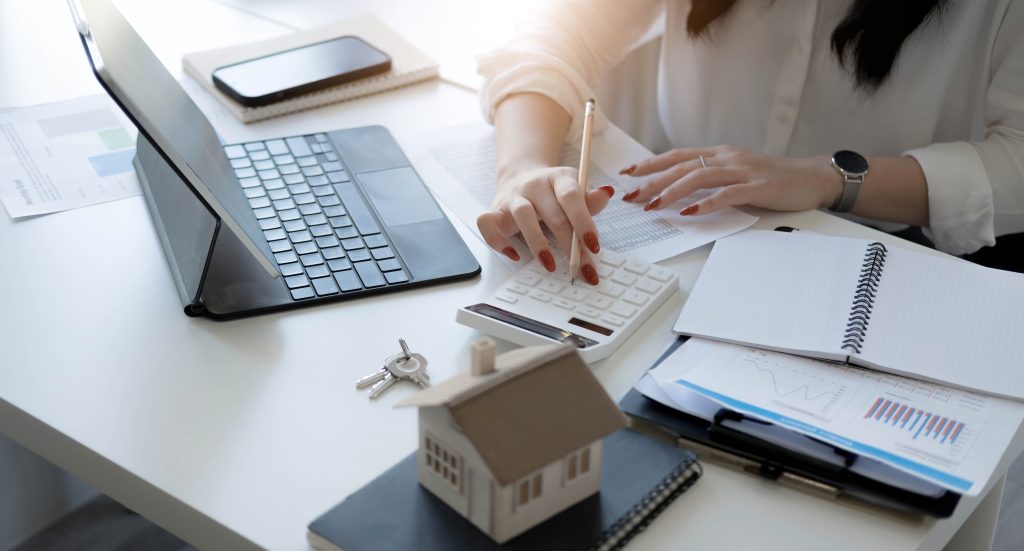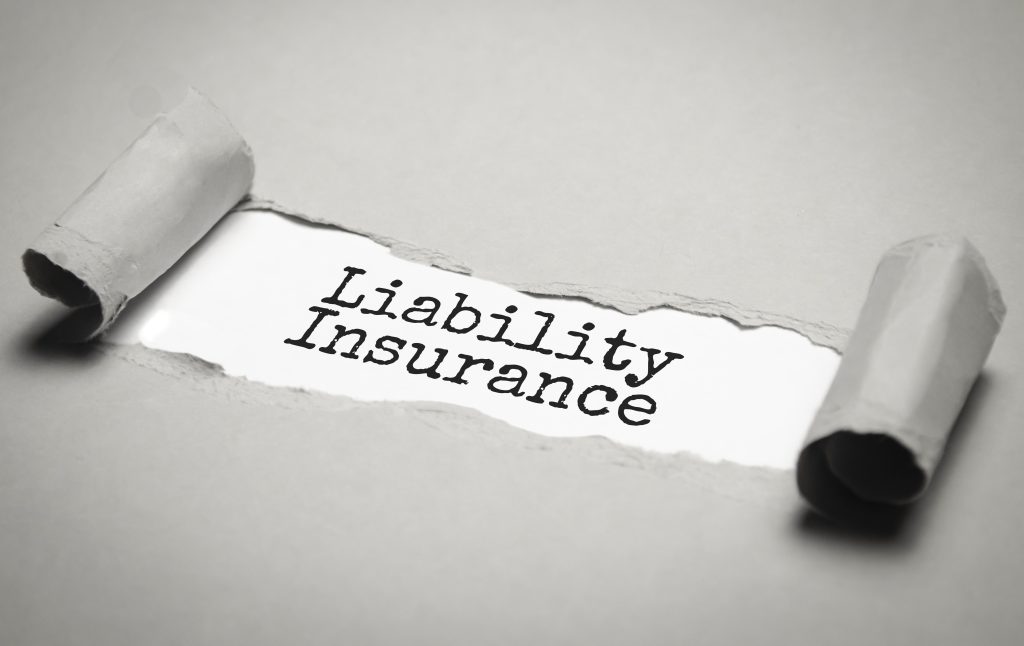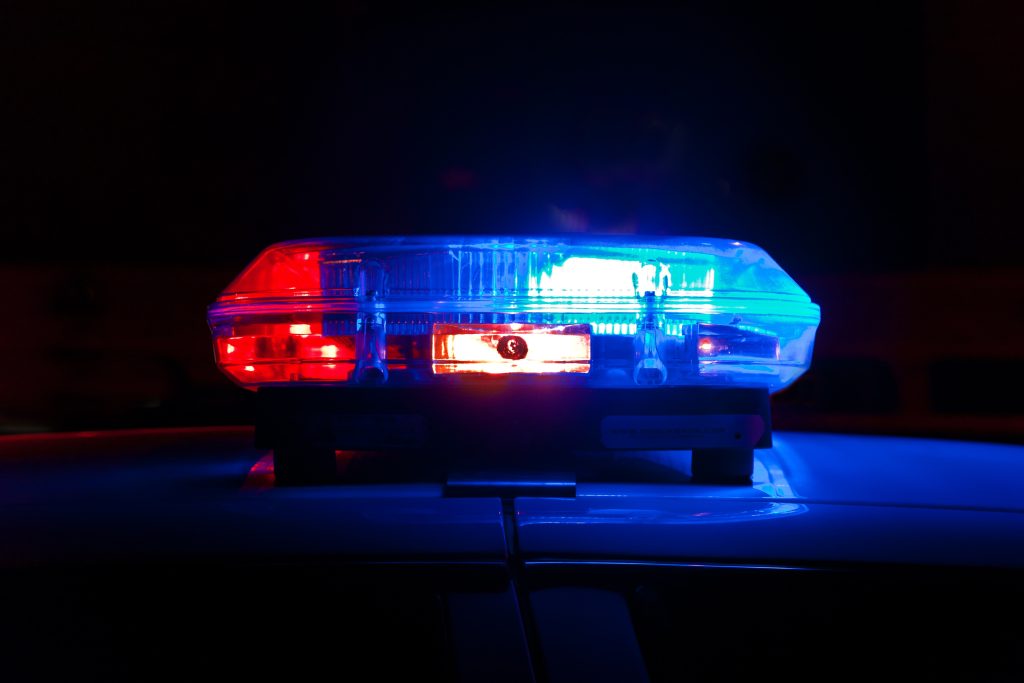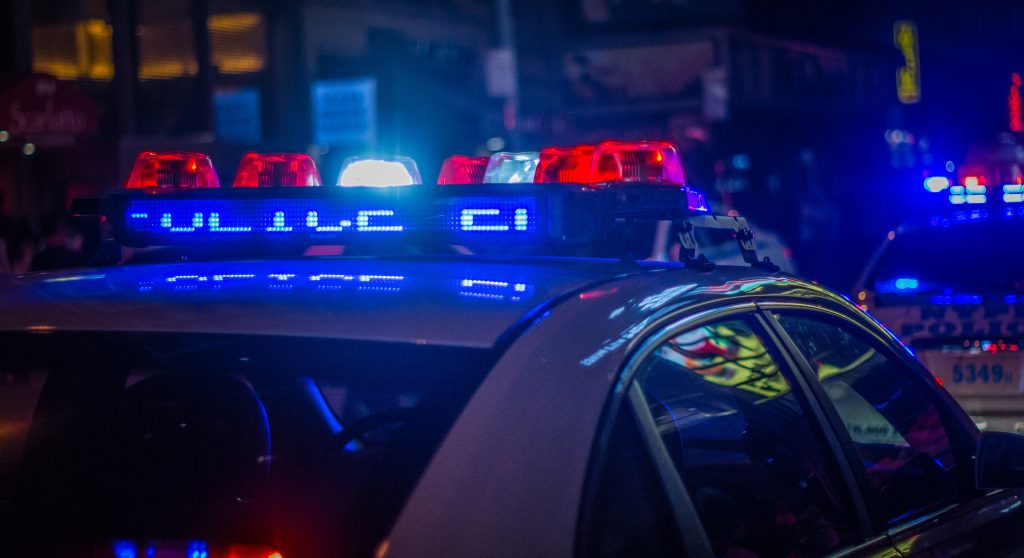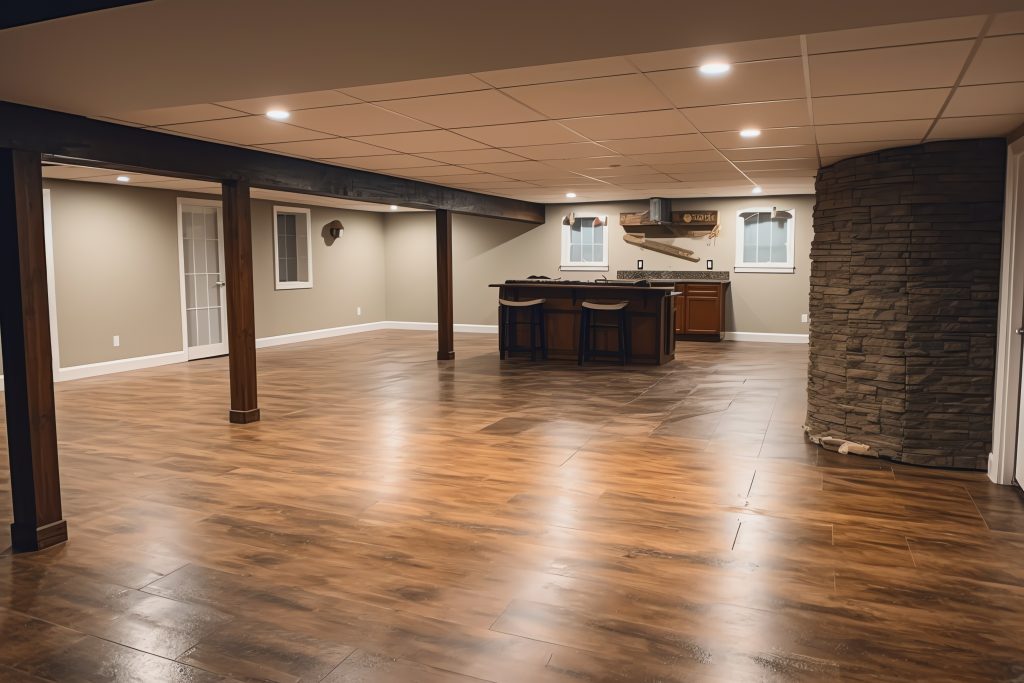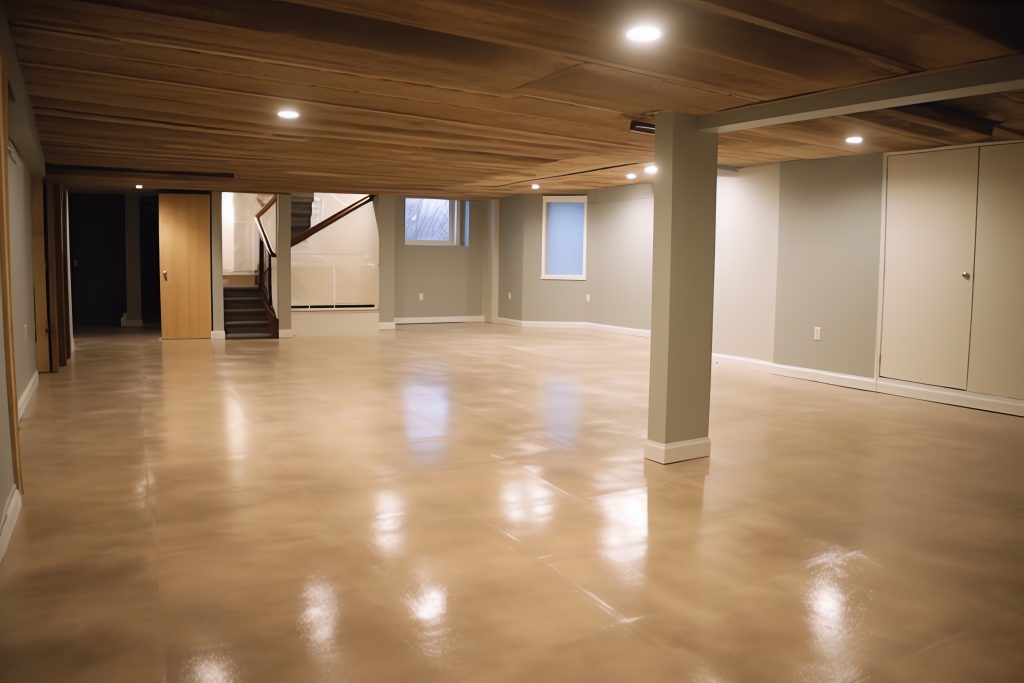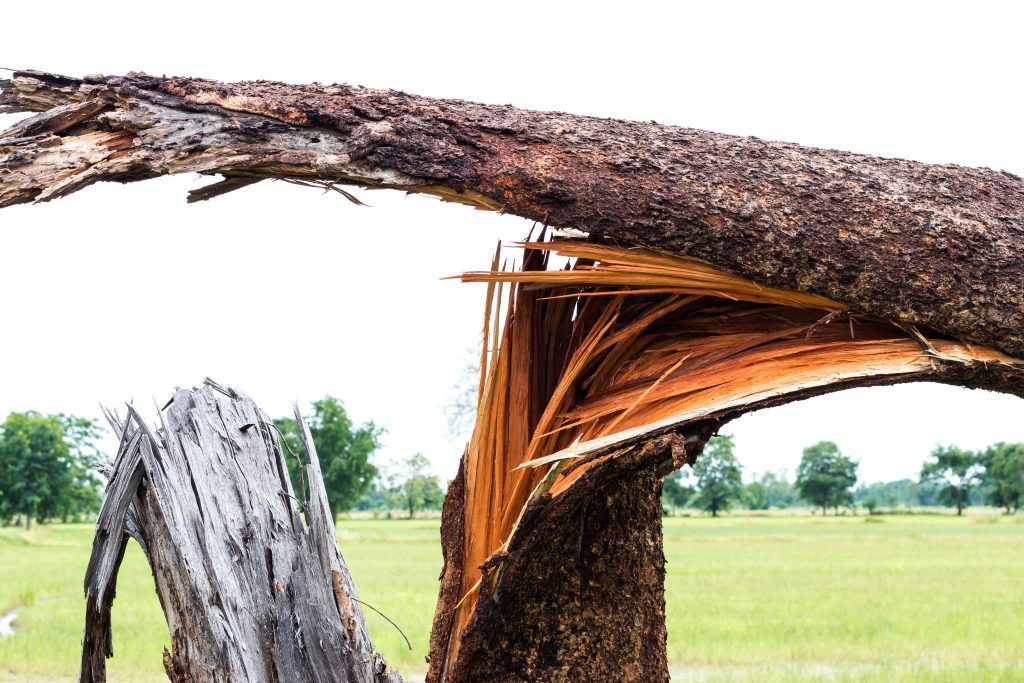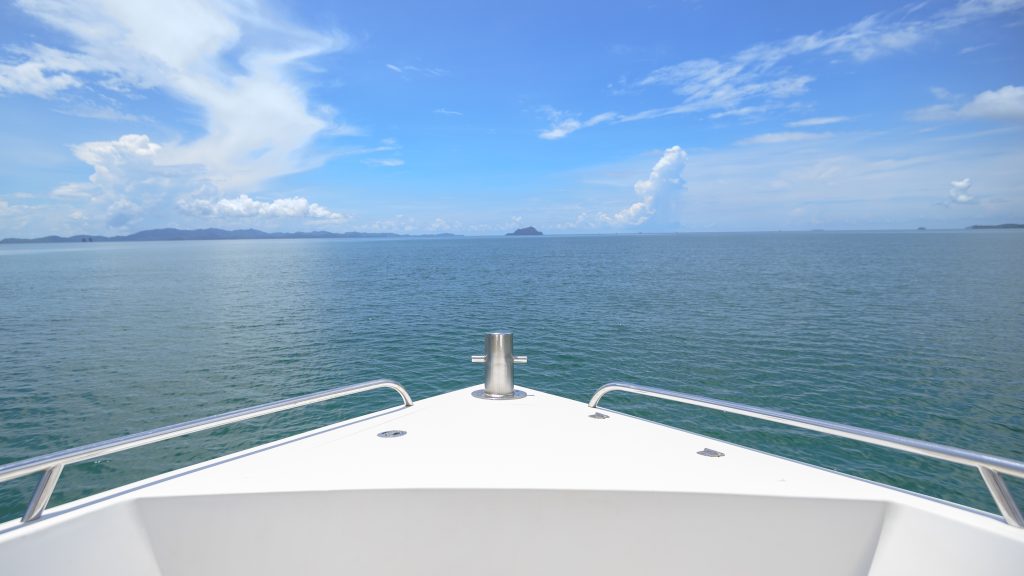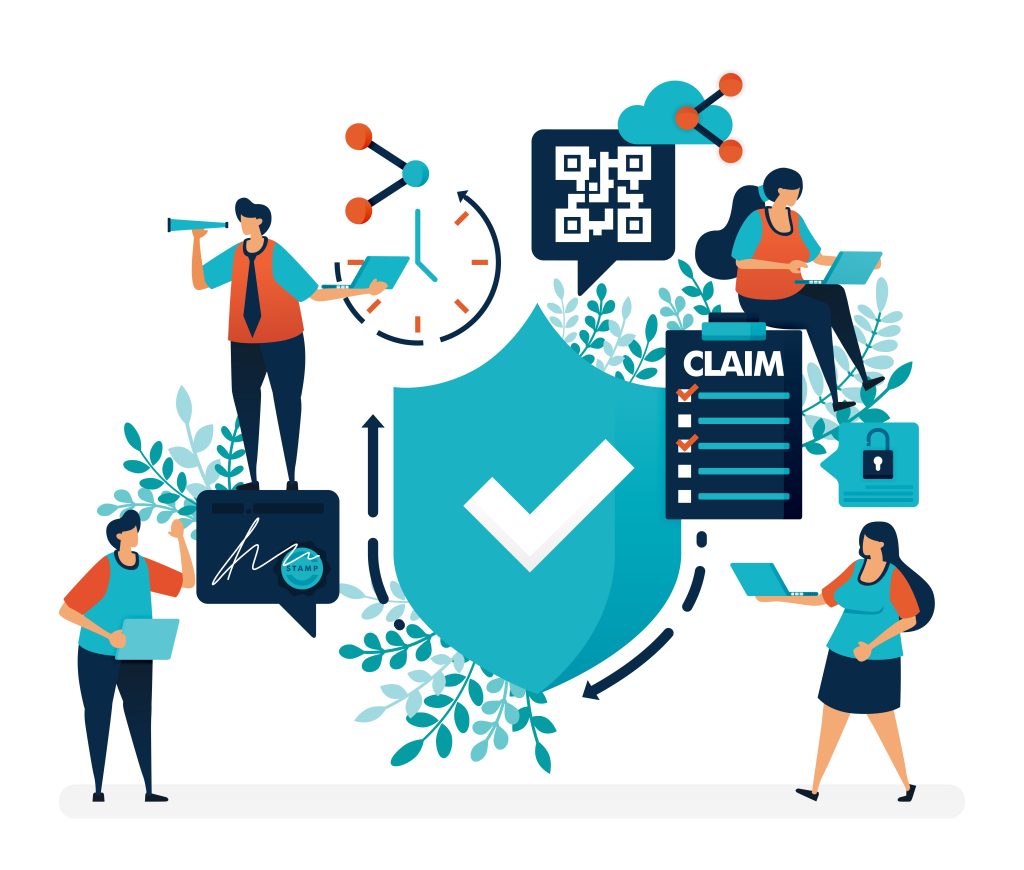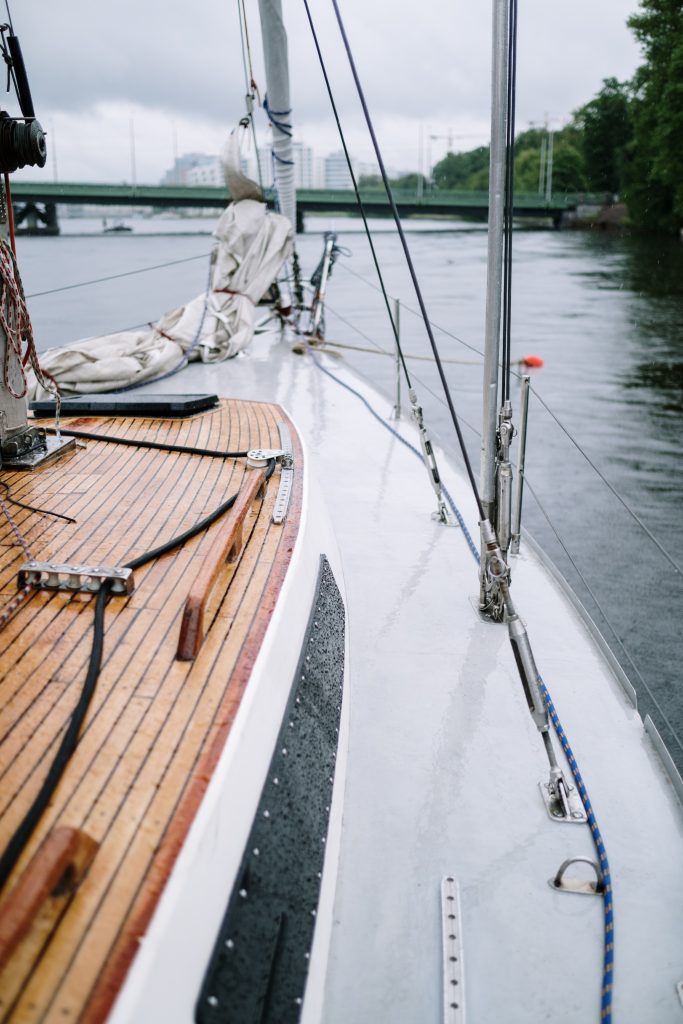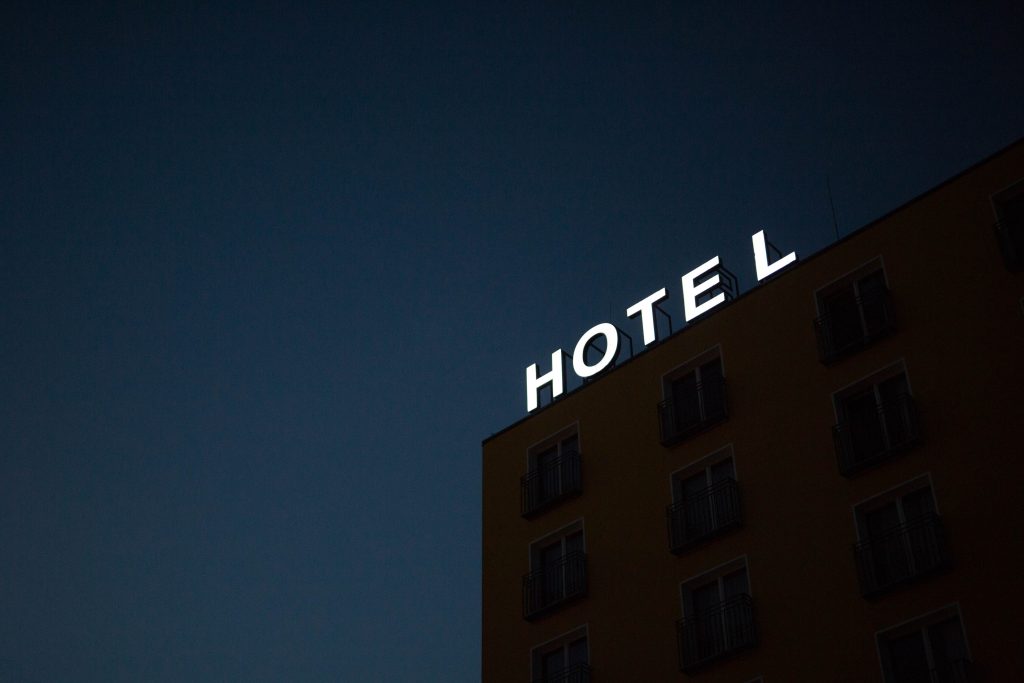
In North Carolina, the recent surge in storm activity has led to frequent and unpredictable power outages, often leaving homeowners without electricity for extended periods. During these challenging times, seeking alternative accommodations, such as hotels, often becomes a necessity until power is restored. You might be wondering, “If my power goes out, will my homeowners insurance cover a hotel stay?” Let’s shed some light on this common question.
The Short Answer: It Depends.
Evaluate Your Homeowners Insurance Policy
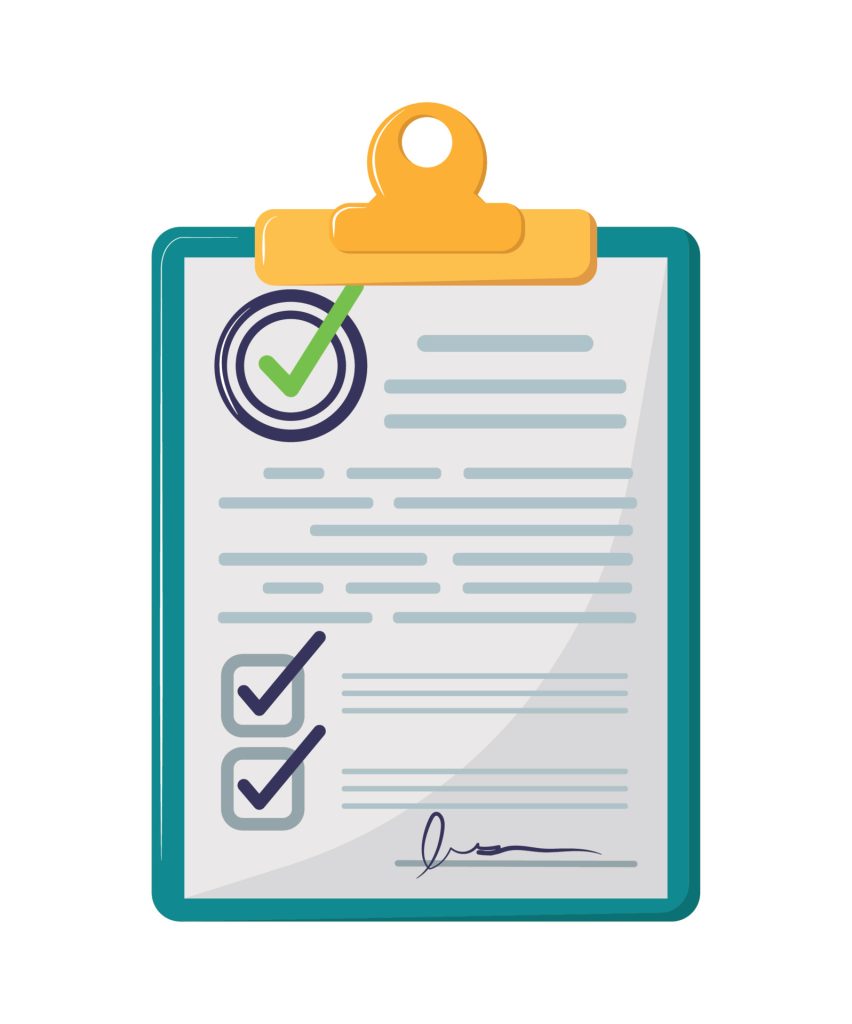
Homeowners insurance serves as a crucial financial safety net, providing coverage for property damage, liability, and a variety of potential risks. While the details of coverage vary by policy and provider, the fundamental purpose remains the same across most plans: to protect what matters most.
Insured Risks
Homeowners insurance policies typically cover a wide range of perils that can cause damage to your property. These include perils such as:
- Fire
- Theft
- Vandalism
- Windstorms
- Hail
- Water-related damages.
However, power outages caused by external factors, such as storms or grid failures, are not usually listed as covered perils. As a result, the policy may not explicitly cover hotel stays during power outages.
Additional Living Expenses (ALE) Coverage

Although power outages may not be explicitly covered, many homeowners insurance policies include a provision known as Additional Living Expenses (ALE) coverage. ALE coverage is designed to provide financial assistance to homeowners when their primary residence becomes uninhabitable due to a covered peril.
When your home is rendered uninhabitable due to a covered peril, such as a fire or severe storm, ALE coverage can help cover the costs associated with temporary accommodation, meals, and other essential expenses during the necessary period of displacement. It aims to maintain your standard of living while your home is being repaired or until you find alternative housing.
Policy Terms and Limits
It’s important to note that ALE coverage is subject to specific terms and limits outlined in your homeowners insurance policy. These terms define the duration of coverage, the maximum amount you can claim for additional living expenses, and any exclusions that may apply. It’s crucial to review your policy and consult with your insurance provider or agent to understand the extent of ALE coverage provided.
Determining Coverage for Power Outages
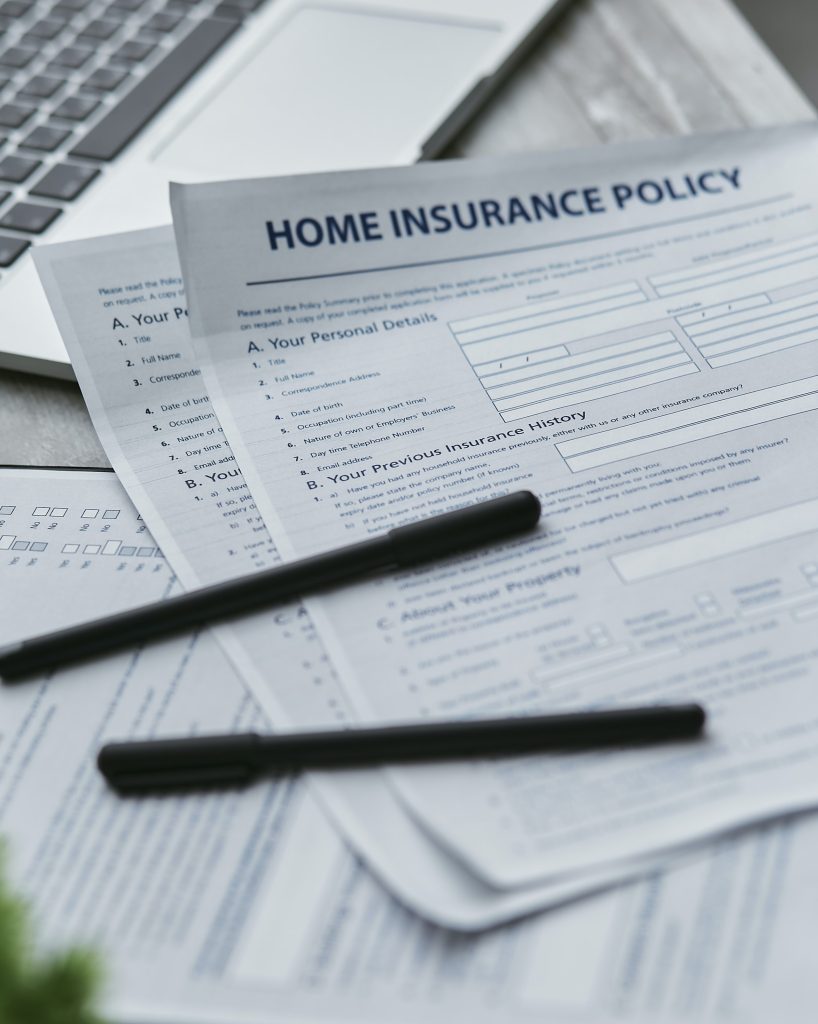
Homeowners insurance is designed to cover losses resulting from “covered perils” like fire, windstorms, hail, or theft. A standard power outage, even if inconvenient, isn’t typically considered a covered peril. To determine if your homeowners insurance covers hotel stays during power outages, you need to consider the underlying cause of the outage. If the power outage is caused by a peril listed in your homeowners insurance policy, such as a severe storm or lightning strike, and it renders your home uninhabitable, you may be eligible for ALE coverage.
However, if the power outage is not caused by a covered peril or does not result in the home being uninhabitable, ALE coverage may not apply. It’s important to carefully review your policy’s covered perils and exclusions to understand the specific circumstances under which ALE coverage would be triggered.
Reviewing Your Policy
To determine the specific coverage provided by your homeowners insurance policy, it is recommended to review the policy documents thoroughly. Pay close attention to the sections on covered perils, exclusions, and any specific provisions regarding ALE coverage. These details will help you understand the scope of coverage provided by your policy.
Additionally, consider reviewing the definitions and terms used in your policy. For example, some policies may define “uninhabitable” as a condition where essential utilities, such as electricity, are unavailable for a certain period. Understanding these definitions can clarify the conditions under which ALE coverage may be applicable.
If you are unsure or have questions about your policy’s coverage for hotel stays during power outages, it is advisable to contact your insurance provider or agent for clarification. They can provide you with accurate information based on your specific policy and offer guidance on how to navigate such situations.
When Might Coverage Kick In?

There are specific scenarios where your policy might offer some relief:
- Power Outage Caused by a Covered Peril:
- If a storm damages power lines, leading to a prolonged outage and causing damage to your home (e.g., frozen pipes bursting due to lack of heat), your policy might cover the resulting damage and potentially some related expenses, including temporary living expenses under “loss of use” coverage.
- For example, if a tree falls on power lines during a windstorm and also damages your roof, the roof damage would be covered, and if your home becomes uninhabitable, the loss of use coverage could provide funds for a hotel.
- Civil Authority Evacuation:
- If a power outage leads to a mandatory evacuation order from a civil authority (like local government), your policy’s “loss of use” coverage may provide reimbursement for additional living expenses, including hotel stays.
- Food Spoilage:
- Some policies offer limited coverage for spoiled food due to a power outage. Check your policy for specific provisions. This coverage is usually subject to a deductible and a maximum limit.
What You Can Do:
- Review Your Policy: The best way to understand your coverage is to carefully review your homeowners insurance policy. Pay close attention to the “loss of use” or “additional living expenses” section.
- Contact Your Sound Choice Insurance Agent:
Contact Sound Choice Insurance

At Sound Choice Insurance, we understand that unexpected events can disrupt your life and home. Power outages, especially prolonged ones, can be incredibly stressful. While homeowners insurance policies generally do not explicitly cover hotel stays during power outages, homeowners may be eligible for their Additional Living Expenses (ALE) coverage if the power outage is caused by a covered peril and renders the home uninhabitable. Reviewing your policy and understanding the terms and conditions of your coverage is crucial to determine the extent of ALE coverage provided.
It’s important to review your homeowners insurance policy thoroughly, paying attention to covered perils, exclusions, and any provisions related to their ALE coverage. Contact your insurance provider or agent to address any questions or concerns you may have regarding coverage during power outages.
If you are looking for homeowners insurance with Additional Living Expenses coverage near the Morehead City, North Carolina area, contact us here at Sound Choice Insurance! Our expert team of agents will help you to find the perfect coverage for your home, so that you can feel secure even during the most unexpected events. We understand that every person’s situation is unique and will work closely with you to ensure that your homeowners insurance coverage is as unique as your personal situation!



